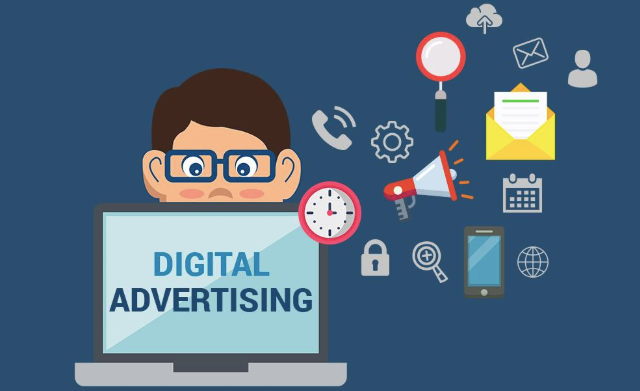The world becomes more and more digitally dominated with each passing day. In 2017, digital ad spend first surpassed TV in total ad spend at 41% of the market share. In 2021, just 4 years later, over 72% of all ad spend was going directly to digital channels. This is an increase of 31% in an extremely short time period and there’s no sign of this trend slowing down. If you aren’t already, your business needs to get online where the people are and where the industry believes the future to be. With the proper tactics and channeling, you can tap into the internet’s bountiful resources and over 4.66 billion potential customers.
Benefits of Digital Advertising
Digital Advertising has a wide variety of applications and different campaigns will have different goals. Most commonly, digital advertising campaigns are used to:
- Spread Awareness
- Drive Traffic
- Increase Conversions
But digital advertising has benefits outside of these goals.
Establish multiple brand touch points.
Marketing experts agree that it can take up to 13 touch points (or interactions) with a company for a user to convert into a lead. Digital advertising is a great way to establish touch points on multiple channels to ensure that users slowly become familiar with your brand. They might see an ad for your product on Facebook, then notice one of your display ads on a third party website, then see one of your paid search ads when they decide to Google something related to your product or service. In a world where customers have thousands of options for a single product or service, this repetition is absolutely crucial.
Test brand messaging.
Digital advertising is a great way to experiment with different brand messaging tactics. By setting up multiple digital advertising campaigns with different brand messages, you can generate data to help determine which strategy will work best for your business.
Target the right audience groups.
Perhaps the biggest advantage of digital advertising is that you can target very specific audience groups in a cost-effective and measurable way. Unlike traditional advertising that broadcasts a message to a broad audience group who may or may not be interested in the product or service at hand, digital advertising allows you to target users based on their location, age, gender, job title, hobbies and more. This allows you to put your message in front of users who are actually interested in what you are advertising. Now, that isn’t to say traditional advertising is all bad. If you have a product or service that solves a problem people do not know they have, traditional advertising is a very effective way of spreading awareness of the problem and solution to a big audience.
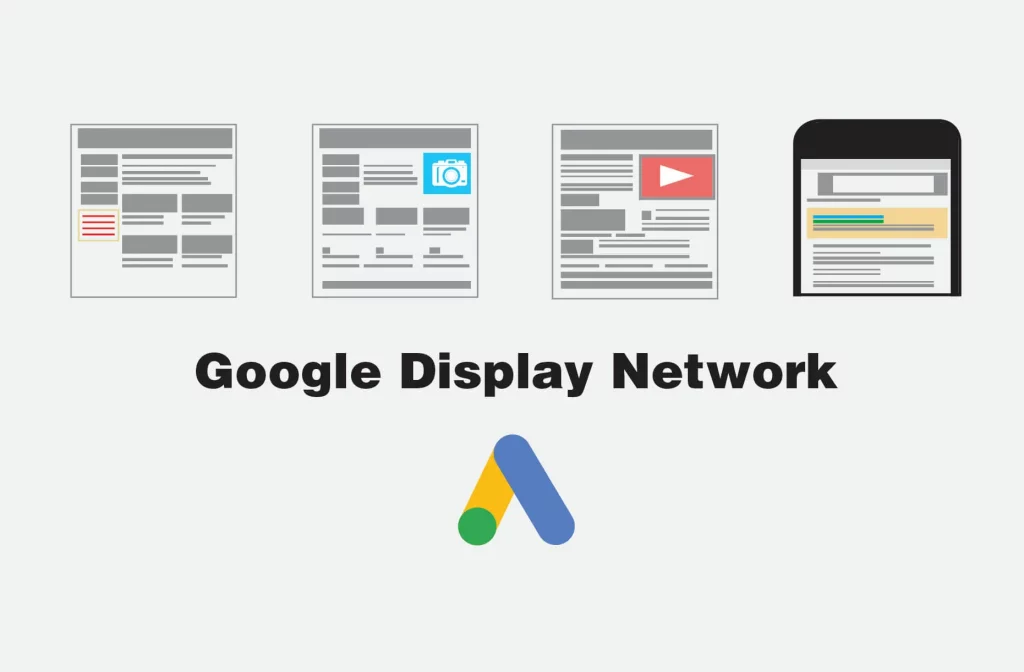
Types of Digital Advertising
Display Advertising
Main Purpose: Generate early brand awareness, set up customers for a deeper conversation later. Effective at creating impressions at a low cost.
Cost for 1,000 Impressions: $2.80
Click-Through Rate: 0.46%
Conversion Rate: 0.59%
You are almost certainly familiar with display ads, even if you aren’t familiar with them by name. Display ads appear on third-party websites and feature video, image, or text elements. Think of the ads you see on the edge of web pages all over the internet, these are banner ads. Banner ads are the most ubiquitous form of display advertising. This is a popular option because of how easy they are to set up using tools like the previously mentioned Google Display Network or Facebook Ads.
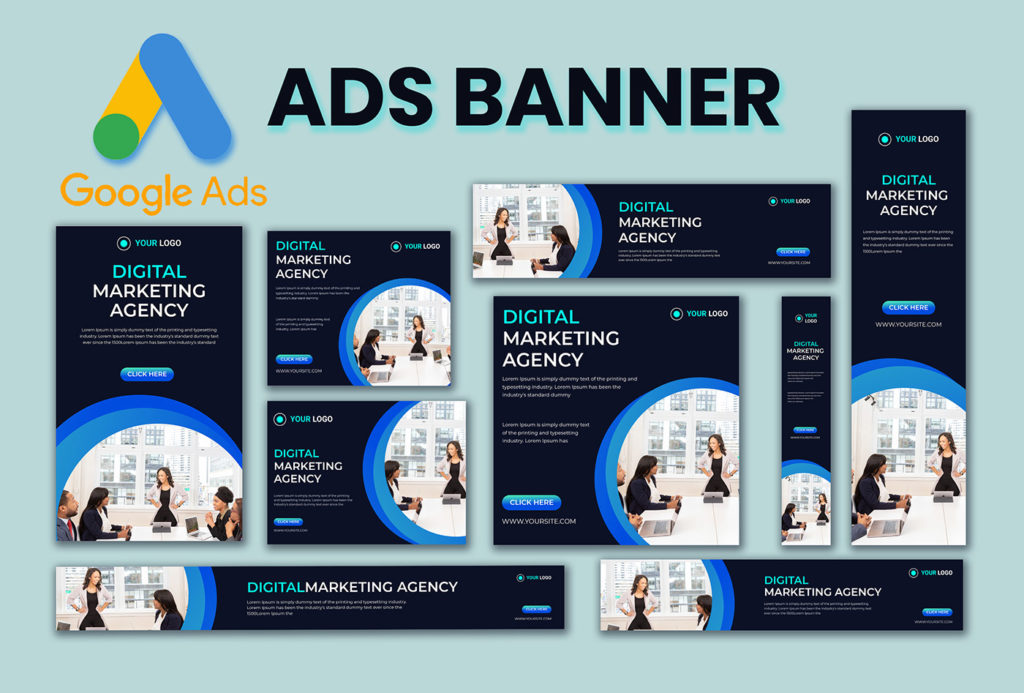
Returning a click-through rate of 0.46%, you might be curious as to why banner ads are so popular. Because they are primarily used to spread awareness. They are incredibly cost effective when it comes to generating impressions and getting eyes on your brand and messaging. If your primary goal is driving conversions — not spreading awareness — then you will likely want to try a different type of ad.
With display ads, a benefit they bring to your brand is establishing early touchpoints in a cost effective way. Display ads get customers familiar with your brand and products so you can have a deeper conversation later and use another strategy to convert.
Native Advertising
Main Purpose: To blend advertising content with regular content on a website. Effective at creating high click-through rates and conversion rates.
Cost For 1,000 Impressions: $10-20
Click-Through Rate: 0.8%
Conversion Rate: 0.96%
Native advertising is often the most controversial form of digital advertising. Native advertising is all about putting your paid content on another website in a way where it mostly blends in seamlessly with the rest of the content on a website. This can include everything from articles, infographics, videos, and more. Native advertising comes in a variety of forms and often overlaps with other forms of digital advertising, paid search ads and social media ads are examples of native ads.

Native advertising is somewhat controversial because it can trick the user into clicking on an ad they wouldn’t have otherwise clicked on. Generally your business should be striving for Truth in Advertising.
Native ads see a 0.8% click-through rate compared to the 0.46% of display ads so many advertisers and marketers are happy using them despite the risk of making the user feel manipulated.
Paid Search Advertising
Main Purpose: Include your ads in search engine results pages alongside organic google results. Can be costly but drive high click-through rates with the right keywords.
Cost for 1,000 Impressions: $35.09
Click-Through Rate: 3.17%
Conversion Rate: 3.48%
Paid search ads are the prioritized search results that appear on a search engine results page (SERP). Since these are a form of pay-per-click (PPC) ads, you should only run a paid search campaign if your marketing team plans on closely following the ROI returning from this campaign to ensure it’s actually worth your dollars because paid search campaigns can often be among the most expensive to run if it isn’t done right.
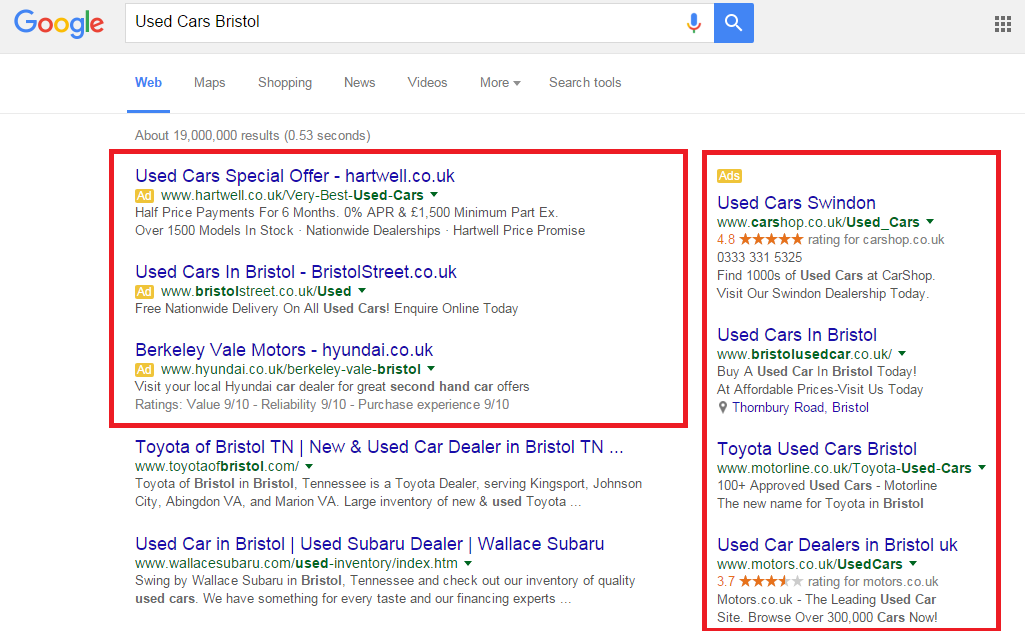
When beginning a paid search campaign, your brand will start by deciding which search keywords will trigger your paid search ads. Your brand then decides how much it wants to pay for each click. Different keywords will have different costs depending on their popularity but you are able to bid under the industry standard at the expense of falling lower in the search results.
Re-marketing
Main Purpose: Reinforce brand messaging to potential customers who have already visited your website. Considered to be highly cost-efficient and effective when you’re able to generate a remarketing lead.
Cost for 1,000 Impressions: $2.28
Click-Through Rate: 0.7%
Conversion Rate: 1.0%
Sometimes referred to as retargeting, Google re-marketing is a tool that allows your Google Ads to follow customers as they browse the internet. By adding a small snippet of code to your website, you can start creating a re-marketing list of every customer who visits your website. Customers who have visited your website and have been added to your re-marketing list will now receive your ads more often within the Google Ad network. These tools also allow further customization of who receives your ads like prioritizing new or returning customers. You will also be receiving extremely valuable data if you include tracking codes about your current visitors and who you should be placing your marketing efforts on in the future.
As an example, let’s say a customer adds an item to their cart on your website then gets distracted and ends up closing the tab. With retargeting advertising practices in place, you can customize your campaigns to send ads with images of the items left in their cart. You can even implement strategies like sending progressively better deals to a user until they convert.
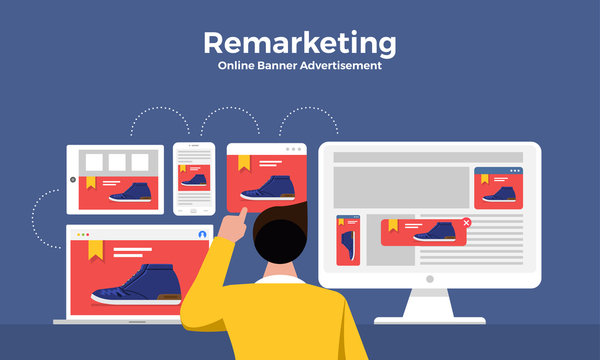
Re-marketing ads are often among the most cost-effective tactics in your digital marketing campaign. An analysis of the Google Display Network found re-marketing ads cost $2.28 to reach 1,000 viewers versus over $35.09 to reach the same number of people with pay-per-click ads.
Another less obvious advantage of re-marketing ads are their increased ability to drive up Brand Recall and recognition. This is because every customer who is being served a re-marketing ad already has some experience with your brand. The more you can show the same customers your messaging, the more likely they are to think of your brand than industry competitors.
A possible downside with re-marketing ads is that they make themselves obvious. You’ve probably had the experience of visiting a site once and being served an obviously higher amount of ads from that website, this is re-marketing ads in actions. A survey found that 75% of consumers were able to notice if they were being served re-marketing ads. Despite this, they are still highly effective. Click-through rate of Google Search ads is only 0.46% when compared to the 0.7% of re-marketing ads. When you consider users who click through are 70% more likely to convert and become users, this is significant.
Social Media Advertising
Main Purpose: Effective for creating visual campaigns with succinct messaging. Not going to work for every ad campaign but a useful tool when photos or videos are at the center.
Cost for 1,000 Impressions: Usually $7-8, varies by platform.
Click-Through Rate: 1.3%
Conversion Rate: 2.4%
Social media ads are somewhat self explanatory, they are the ads that appear in social media channels. One of the main appeals of social media ads is the variety of design options you can choose from for your ads.
The simplest form of social media advertising is photo or video ad. When advertising on social media, make sure to keep your messaging concise. People’s attention spans on social media for ads run short quickly so keep videos under 15 seconds and pair photos with only a sentence or two.
For mobile devices, you can put ads within stories or video platforms like TikTok as well. These are often effective because they are quick and easy to understand while naturally appearing during the user’s flow of content. This is a relatively under-explored area of digital marketing but if you hold younger audiences then this may be a good place to consider.
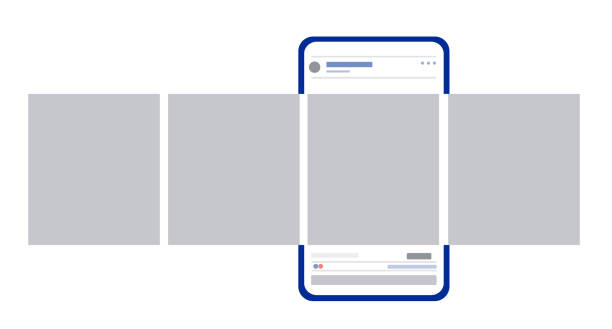
Social media ads can also come in the form of carousel ads and collection ads. These ads are intended to be more product focused and allow you to show images of multiple products at once without crowding the screen. You are much more likely to use these types of ads if you are a retailer than anything else.
Ready to get started?
If you’ve found this information valuable but don’t have the expertise in-house to perform digital advertising, we at MINDSCAPE can help. Just click below to learn more about our digital advertising services.
Digital Advertising? Yeah, we do that.




